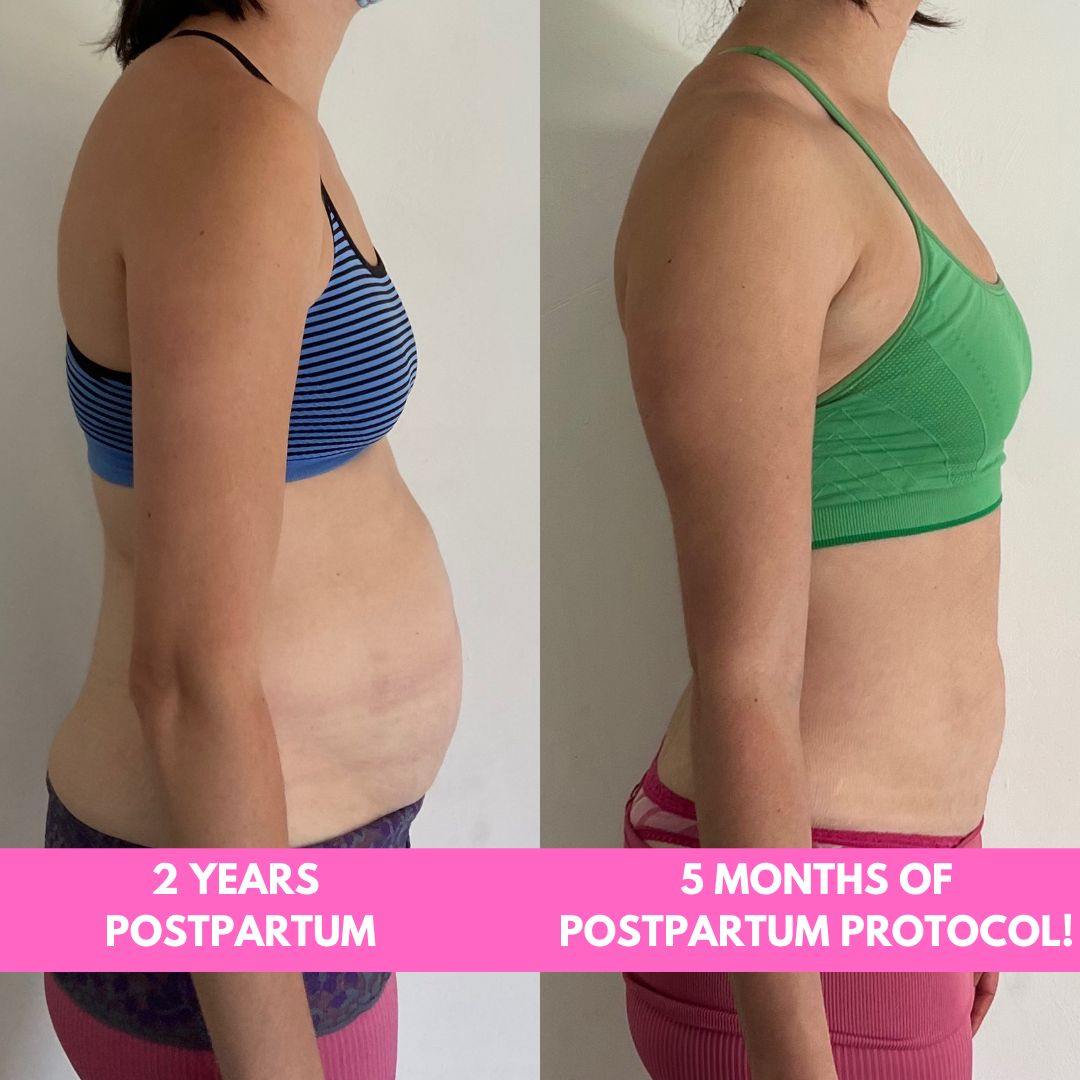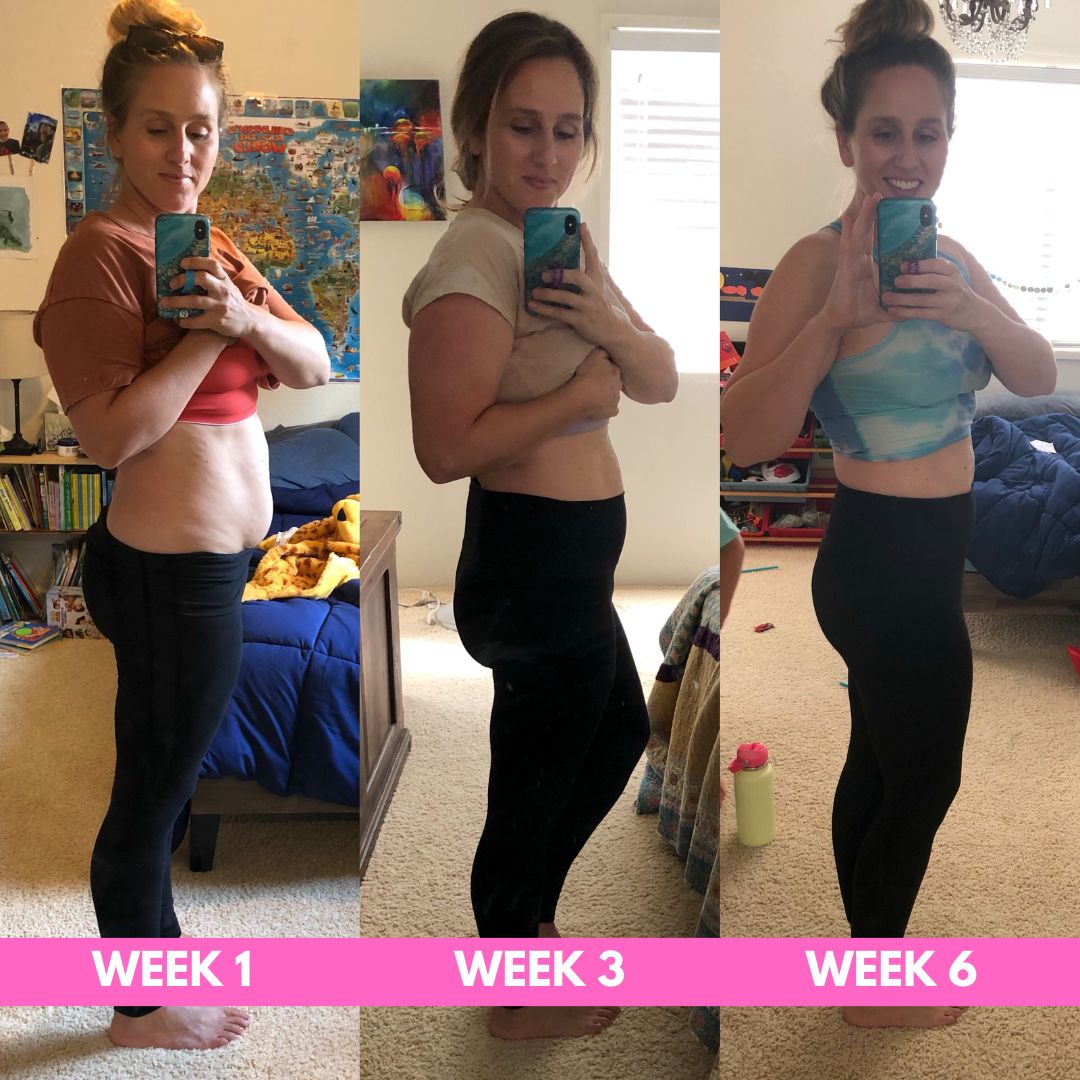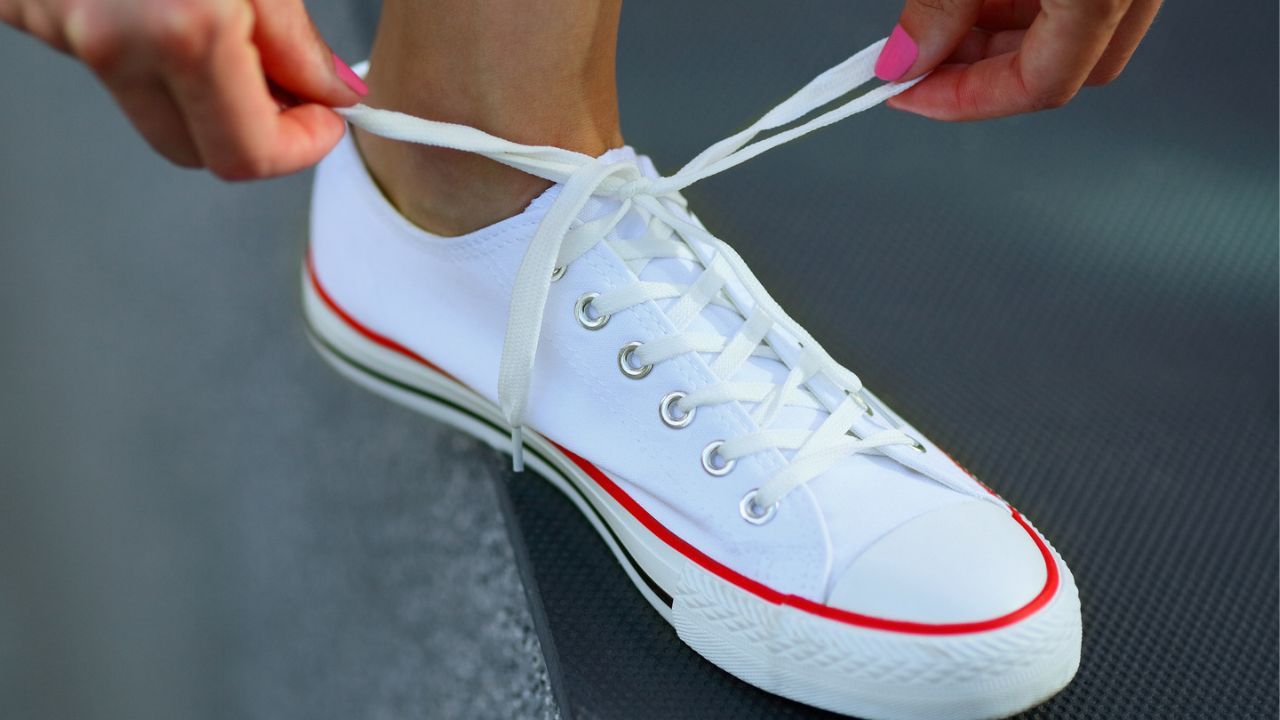The problem with Amazon...

The problem with amazon, is that we've all come to expect our deliveries... tomorrow!
So when we order something that's not on amazon and it says it's going to take *shock, horror* FIVE business days, I'm going to take a wild guess that we get a smidge... impatient, am I right?!
How does this relate to your pelvic floor..?
I'll tell you.
I get DMs on a literal DAILY basic from people who say "I have this issue, or that issue. Do you think I can fix it without surgery..?"
To which I always respond "surgery should always be a last resort. Which exercises have you being doing already to help with this?"
To which the response is almost always... "nothing" 👀
Or... "I tried some exercises for one day, but it didn't help so I stopped".
And then there's this other question I get asked which is "I've just finished Day 2 of your program but i'm feeling super frustrated because I'm still having symptoms, and I can't understand why it's not working"
To which I usu...
Life finds a way! (or does it..?)

I’ve been thinking a lot lately about Jurassic Park and how life has this extraordinary ability to just find a way! Of course, you know I've been thinking about how this relates to the pelvic floor. If you know me personally, you’ve probably noticed I have a tendency to “zone out”. People often ask me where I go. I’m usually dreaming about pelvic floor analogies. Lol.
We already know that the body has a remarkable ability to repair itself. Think wound healing, bone regeneration after a fracture, muscles repairing themselves after an injury, stomach lining renewal, liver regeneration, the list goes on.
HOWEVER, as we age, some of these automatic repair processes start to need a little help.
A bit like when you buy a brand new car. At first it’s invincible and you can kind of drive it how you like with little to no consequences. But the older it gets, the more you have to take care of it to keep it running smoothly.
Same thing with the pelvic floor. If you give birth in...
Rib Flare, Diastasis & your pelvic floor

Find out why these three things are all connected...
The first thing I do when someone new walks into my pilates studio with a bulging tummy is look further up to the base of their ribcage. If the front of their ribs are flared out (even slightly), its a sure fire sign that we need to work on both their breathing technique and their core strength.
The abdominal muscles are responsible for pulling the rib cage downwards and inwards into a more neutral position. So if the ribs are flared, its a sign that your abs are weak and that there is little integration between the diaphragm and the abdominal muscles.
It’s common (and expected) for your rib cage to expand during pregnancy to make space for your growing baby, but sometimes it doesn’t return to its original position naturally after birth.
If your bra is fitting tighter, if you see your bottom ribs sticking out slightly, or if the ribs flare even more when you lift your arms overhead, your core will need to be strengthe...
The what, when, why and how of Diastasis Recti

I get soooo many questions on IG about diastasis, so I figured I'd compile all the info here for you in one, easy to read blog post and answer all your questions at once.
There is so much misinformation out there surrounding diastasis, but one of the most common things I see that hinders diastasis recti healing is both a lack of understanding of the CAUSES of it, but also of the actual solutions. Because surgery is NOT the only option! And I can say that with great confidence because mine was once 5cm (at 2 years pp) and is now so completely healed that I couldn’t even demonstrate to you, or show you where it once was.
So let’s dive into the what, when, why and how of Diastasis Recti.
What is Diastasis Recti (DR)?
Diastasis Recti is a thinning of the linea alba, which is the connective tissue that creates tension between your six pack muscles and keeps them firmly together. When this connective tissue thins and stretches, it allows SPACE in between the two six pack muscles...
Diastasis Recti Myths: Separating Fact from Fiction

Diastasis recti, often referred to as the "mommy pooch," is a common condition where the abdominal muscles separate due to a thinning of the linea alba. There are a lot of myths and misconceptions surrounding it, so in this blog post, we'll debunk some of these myths to help you better understand diastasis recti.
Myth #1: Surgery Is the Only Solution
This is probably the most common misconception, and I receive Instagram messages daily from women asking if it's true. I even had one woman publicly call me a liar because her surgeon had told her that it was the only option, and she told me to "stay in your lane." While surgery may be necessary in rare and very severe cases, it is most definitely NOT the only solution. My own diastasis was 5cm (which is considered severe), and I, too, was told by my doctor that the only way to fix mine was with surgery. So, if you've been told the same, I GET IT! I feel your frustration. I've been there too. I healed mine using only diastasis exercis...
Postpartum Protocol reviews and testimonials

Have you been wondering whether the Postpartum Protocol 12 week course is worth the investment? Wondering whether you'll find the time to complete it? Wondering whether you'll notice a difference in your body..?
You will see lots of testimonials in the Stories highlights on my instagram stories, but if you're not on Instagram, here are some snapshots:









Want to experience these results for yourself..?
I would LOVE to have you join us! Click the link below to sign up
>> The Mama Method << (previously known as the Postpartum Protocol)
Emma xo
What can a SHOE teach us about our core?!

Do you know what a shoe and your core have in common?!
First, a quick anatomy lesson:
- When you do a crunch or a sit-up, you are using your rectus or 6-pack abs. They run vertically up and down the front of your stomach.
- When you do a low pressure ab exercise, you are using your transverse or corset or wraparound abs. They wrap all the way around your waist, even around the back!
Which one of the above do you think resembles pulling your shoelaces tight?
It’s okay. I’ll wait while you ponder on it…

That’s right. It’s number 2. When you tie your shoelaces tight, it makes your shoe tighter. It makes it really nice and snug around your foot. Vs, pulling the tongue of your shoe (your 6 pack abs), which does nothing to make the shoe fit any tighter.
When you train your transverse abs with low pressure core exercises, you are essentially tying your shoelaces tight around your midsection. Making your tummy smaller and smaller, and tighter and tighter. No amount o...
Why sit ups might be damaging your core

Have you ever noticed when you do sit-ups that your stomach turns into a funny shape? That’s because your core is like a pressure canister and instead of the pressure being managed correctly, everything is squishing out in all the wrong places: putting forward pressure on your abs (which will make a diastasis worse), and putting downward pressure on your pelvic floor (making prolapse and leaking worse), and not to mention making your back pain worse.
When I say sit ups, I’m referring to any core exercise where you lift your head and chest off the floor. So sit ups, crunches, the Pilates 100s, series of 5 etc.
If you ever notice weird shapes happening in your stomach like doming (looks like a stomach mohawk), or coning (looks like your abs are sinking), you should immediately back off. If this is happening, you won’t get a stronger core by “just doing more”. You won’t. I can promise you.
What needs to happen first, is that you need to teach your body how to manage this pres...
Is It Really Bloating..?

If you’re experiencing belly bloating and despite endless food eliminations, you just cannot get to the bottom of your mysterious bloating, there’s a really good chance there could be something non food related at play. Hear me out here…
The anatomy of a bulging tummy:
If you’ve ever seen one of those old English Victorian houses where the walls are bowed due to a compromised or damaged foundation, the exact same thing happens in the body when the foundation (pelvic floor) has been weakened.
What that looks like is a bulging in the abdomen area (commonly known as the “mummy tummy” and is often mistaken for food related bloating when in actual fact it’s very often an issue with the pelvic floor (although it absolutely can be both).
It’s definitely not unique to women. If you know someone with a “dad belly” there’s a good chance they’ve neglected their pelvic floor over time too.
The causes of a “mummy tummy”:
Essentially the underlying cause of a “mummy tummy” is usu...
6 Things I Wish Women Were Taught About Their Bodies

I wish I'd been more informed prior to embarking on the journey to motherhood. It’s now my passion to make sure others have all the info they need. Here are some of my latest musings…
1. “Postpartum” doesn’t end after 6 weeks.
The idea that the “postpartum phase” is technically only the first 6 weeks after birth is misguiding, and sets women up for feelings of inadequacy. It’s an unrealistic standard placed on mothers by society. In reality, it very often takes 1-2 years (sometimes more) to recover from 10 months of pregnancy + childbirth
2. There’s no such thing as “bouncing back”.
Let’s stop using the phrase “bounce back” and let’s stop expecting that of our bodies. Instead let’s focus on bouncing FORWARD, embracing and celebrating all that we’ve become, and working to become the strongest, most capable versions of our NEW selves.
3. Peeing your pants when you run, jump or sneeze is extremely common, but it’s NOT normal.
Women have been led to believe that this is some...

